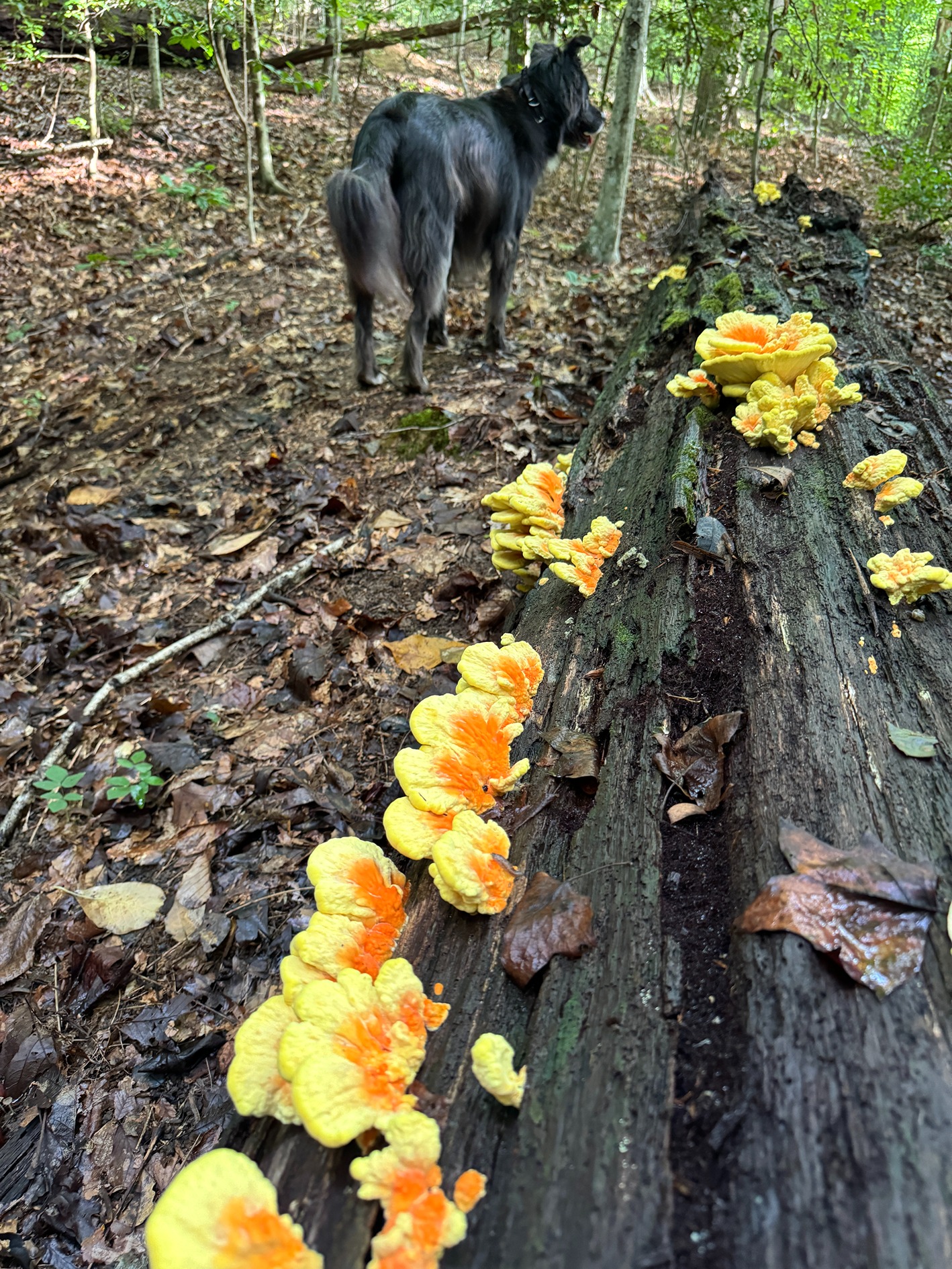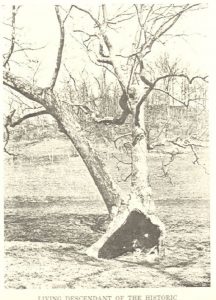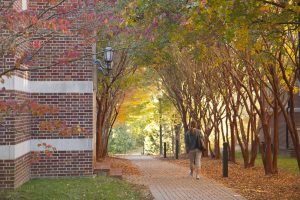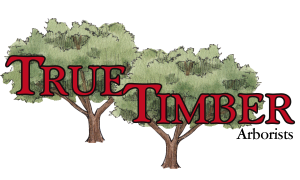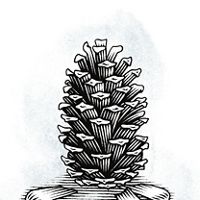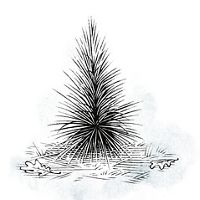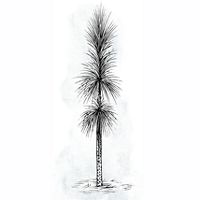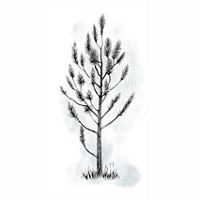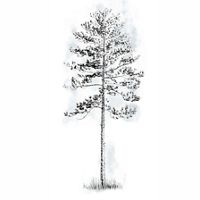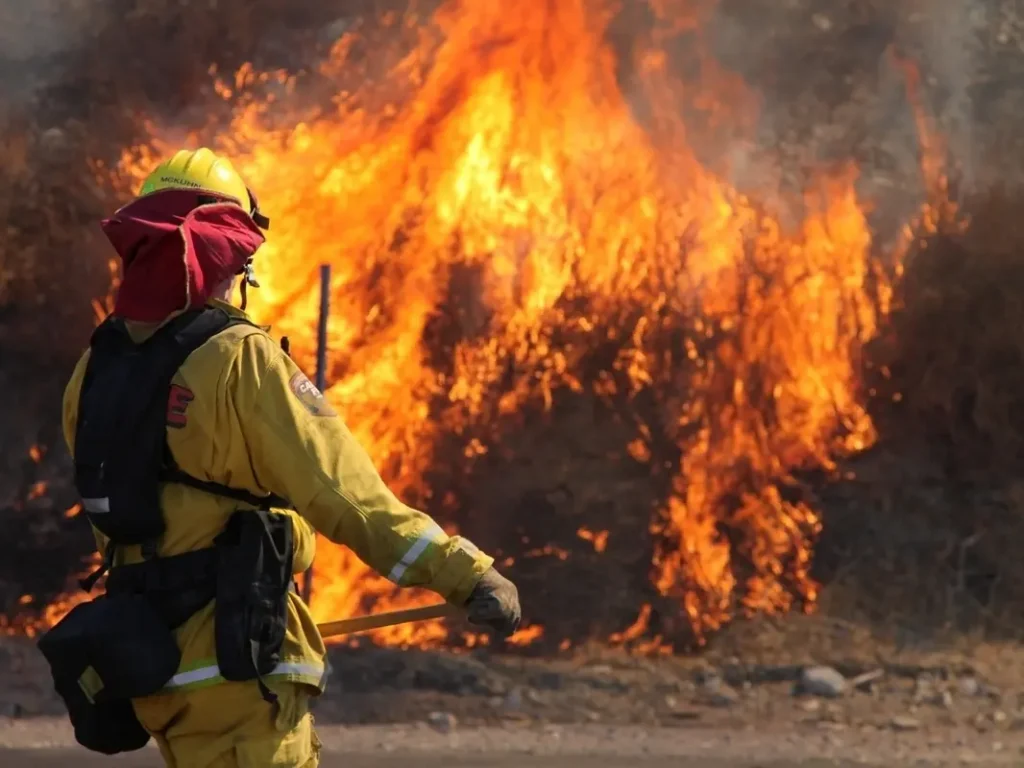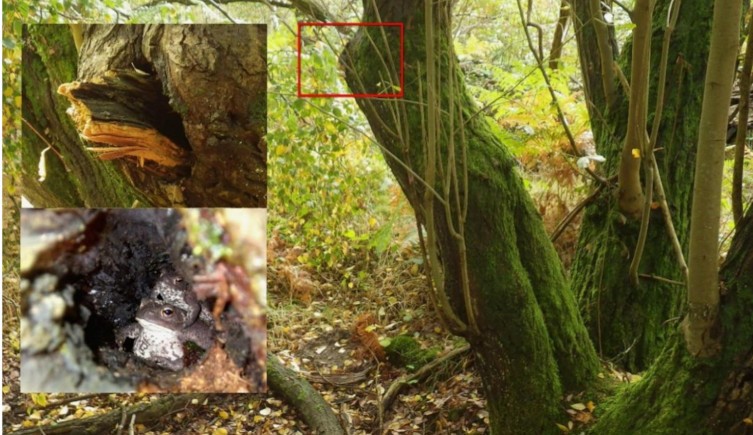In a forest several miles north of Grand Rapids, Minn., John Pastor places his hands on the trunk of a giant white pine, cranes back his neck and gazes up into its crown, a hundred feet above.
“For me, I just get a feeling in my brain and my heart and my soul,” said Pastor, a retired University of Minnesota Duluth ecologist. “Good job, old boy. You survived all of this and you’re still here. Great job.”
The tree is likely about 150 years old. That’s not even middle age for an Eastern White Pine. It was a young sapling when loggers came through here in the 1890s. Now, its bark is thick, silvery, and fire-resistant, its trunk straight and true, more than three feet across.
“I’m interested in it scientifically, of course,” said Pastor, whose new book, “White Pine: The Natural and Human History of a Foundational American Tree,” comes out in January. But for him, standing next to such a giant tree, in a silent forest dotted with similar-sized old growth pines, is a spiritual experience.

Retired University of Minnesota Duluth biology professor John Pastor measures the circumference of a white pine while talking about its cultural and ecological significance on Oct. 13. The circumference of this white pine was 89 inches. Derek Montgomery for MPR News
In the late 1800s, grand trees like this would have been commonplace. Loggers described a “veritable ocean of pine” stretching across northern Minnesota.
Between 1900 and 1910, thousands of loggers sawed their way across the state, cutting enough white pine every year in Minnesota to build a boardwalk nine feet wide all the way around the world.
By 1930, only a tiny fraction of old growth pines remained, mainly in protected areas such as the Boundary Waters Canoe Area Wilderness, or Itasca State Park. The Minnesota Department of Natural Resources estimates the state lost 75 percent of its white pines.
What’s more, the tree wasn’t coming back on its own. “By the 1960s and 70s, you just didn’t see this type of white pine,” said John Rajala, CEO of a fifth-generation forest products company that owns the land where this towering white pine stands.
“We had to start asking ourselves, ‘what’s happening?’”
But in recent years, efforts to restore the iconic white pine to Minnesota’s forests have slowly taken root. Rajala’s family has planted millions of white pine seedlings and perfected a method of protecting them so they grow into maturity.
State and federal landowners, along with nonprofit groups, have also planted thousands of white pines, partly as a climate change strategy, since white pines are projected to do well in northern Minnesota as temperatures warm.

John Rajala, CEO of Rajala Companies, talks about the significance and importance of white pines on a tract of his property, Oct. 13 near Grand Rapids, Minn. Rajala has planted millions of the iconic tree while his dad is often called the savior and godfather of the white pine. Derek Montgomery for MPR News
“We are bringing the white pine back,” said Rajala. Because, as Pastor said, “We want our grandkids to see [trees like] this.”
Walking Wolf Lake
Pastor and Rajala recently walked across a several thousand acre tract of land known as Wolf Lake Camp, which the Rajala family purchased about fifty years ago.
It’s a place where old growth white pines soar above an understory of more than a dozen species of hardwood, from red oak to sugar maple, surrounding small, clear lakes.
It was here, John Rajala said, his father came to an important realization. He needed more white pines to supply their sawmill in Bigfork, Minn. But the seedlings planted to fill that demand weren’t growing back.

A white pine rises into the sky on a tract of land belonging to John Rajala. Derek Montgomery for MPR News
“When we did get white pine regeneration, it would just vaporize, you’d go back two years later, and there’d be nothing there.”
The problem was deer. The logging era opened up the forest, creating new habitat and causing an explosion in the deer population. And deer love to feast on the buds of white pine saplings.
“And so we either had to quit, which a lot of people did at that time,” Rajala said, explaining that many private and public forestry professionals in the 1970s and 80s declared it was time to give up on the white pine. “But my dad was stubborn. And he wasn’t going to give up.”
So John Rajala’s father, Jack, started fiddling with different ways to discourage deer from munching the trees. They experimented with rotten egg mixes, and different commercial products.
But what worked best was stapling a folded piece of paper over the bud. Simple, but backbreaking and incredibly time-intensive work. It’s called “budcapping,” and now it’s used by pretty much anyone who plants trees in the North Woods.
Jack Rajala detailed the work in his book titled “Bringing Back the White Pine.” John Rajala said over the years his family has planted, and budcapped, millions of white pines.
You see evidence of it all throughout the forest, small squares of white paper topping tiny trees dotting the forest floor.
Protecting white pines from deer and helping them grow is labor and time-intensive, and expensive. Rajala also thins the forest, clears out brush from competing with young pines. He even prunes the lower branches. It can cost thousands of dollars per acre.
“What this represents is a massive investment,” he said.
But Rajala believes the biggest reason why white pines haven’t returned on their own is that there simply weren’t enough big trees left behind by loggers to provide seeds for new ones.
He stops in front of another giant white pine. He estimates it’s about 120 years old. It’s beautiful, and valuable. But Rajala says he’ll likely never cut it.
“We err on the side of leaving our greatest ecological assets for seed genetic value,” he explained.

John Rajala (left) and John Pastor talk about the history of white pines in northern Minnesota, on Oct. 13. Derek Montgomery for MPR News
John Pastor says white pines provide all kinds of benefits to the ecosystem, from creating wildlife habitat, to storing immense amounts of carbon. He says ecologists refer to them as a “foundation” species of the North Woods.
“Because so much of the sunlight, the energy that’s coming into this forest is being captured and controlled by these giant trees and their progeny. So much of the food web and the carbon and the nutrients in the forest, are controlled by these kinds of trees,” Pastor said.
Being in the lumber business Rajala knows these trees are valuable. But he believes most of them are more valuable standing where they are.
“We just have to be patient. There’s no way around it. And believe me, I’ve got a lot of mill workers and family members wondering when are we going to finally start to cut a few.”
A climate change ‘winner’
Rajala’s company is a rarity now in Minnesota’s timber industry that mostly focuses on harvesting aspen and other fast-growing trees for pulp and paper.
Yet other groups, including The Nature Conservancy and Minnesota Conservation Corps, are also planting tens of thousands of white pines across the landscape.
Also land managers such as the U.S. Forest Service are increasingly practicing this kind of “ecological forestry,” where forests are managed for a range of trees of different species and different ages, and some of the largest trees are often left standing, to provide seeds to grow future giants.

A small white pine with a bud cap to protect it from deer browsing is dwarfed by a massive white pine behind it. Derek Montgomery for MPR News
Nearby, on the Chippewa National Forest and within the Leech Lake Band of Ojibwe reservation, researchers have planted a dozen different species of trees that are projected to thrive into the future in northern Minnesota, which is already experiencing some of the fastest warming in the country.
“And Eastern White Pine is one of them,” said Brian Palik, a forest ecologist with the Northern Research Station of the U.S. Forest Service. “When you think about its range, from the southern Appalachians to southern Canada, it’s extremely diverse in terms of the habitats it occurs in, and it’s genetically diverse. So it’s not surprising that it’s projected to be a climate change winner, if you will, under what the projection is for this part of Minnesota.”
The Forest Service has planted trees in northern Minnesota that are from a slightly warmer region to the south, in Wisconsin. Palik said they’re faring extremely well.
Planting white pines also provides an insurance policy in case red pines, also known as Norway pines, Minnesota’s state tree, fare poorly in coming years. Red pines are extremely sensitive to drought. “And so we’re not quite sure about its future,” Palik said.
“People feel strongly attached to white pine,” Palik added. “And we know how to regenerate it. Yeah, it takes work, but it can be done. And people know how to do it.”

